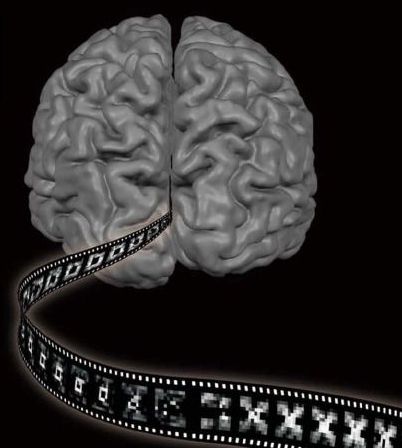The advent of immune checkpoint inhibitors—which “release the brakes” of the body’s immune system to launch an efficient tumor attack—are a major breakthrough in cancer immunotherapy. However, these treatments don’t work for everybody and are often associated with significant side effects. The ability to stratify patients based on potential response to immune checkpoint inhibitors could therefore personalize cancer treatment. Efforts to understand the regulation of anti-tumor immunity (when the immune system fights a tumor) point to the importance of the gut microbiome. However, the underlying molecular mechanism(s) remain largely elusive.
Now, a worldwide collaboration involving more than 40 scientists and three hospitals led by researchers at Sanford Burnham Prebys has demonstrated a causal link between the gut microbiome and the immune system’s ability to fight cancer. Together, the researchers identified a cocktail of 11 bacterial strains that activated the immune system and slowed the growth of melanoma in mice. The study also points to the role of unfolded protein response (UPR), a cellular signaling pathway that maintains protein health (homeostasis). Reduced UPR was seen in melanoma patients who are responsive to immune checkpoint therapy, revealing potential markers for patient stratification. The study was published in Nature Communications.
“Immunotherapies have extended the lives of many cancer patients. However, the incredible effects we are seeing today are only the tip of the iceberg. By studying mechanisms of treatment response versus resistance, we can eventually expand the number of people who benefit from immunotherapy,” says Thomas Gajewski, M.D., Ph.D., the AbbVie Foundation Professor of Cancer Immunotherapy at the University of Chicago Medicine. “This study provides an important step toward this goal. The investigators have pinpointed the UPR as an important link between the gut microbiota and anti-tumor immunity. Given previous work indicating a causal role for the host microbiota in the efficacy of checkpoint blockade immunotherapy, this additional mechanistic insight should help select patients who will respond to treatment and also help to guide new therapeutic development.”








